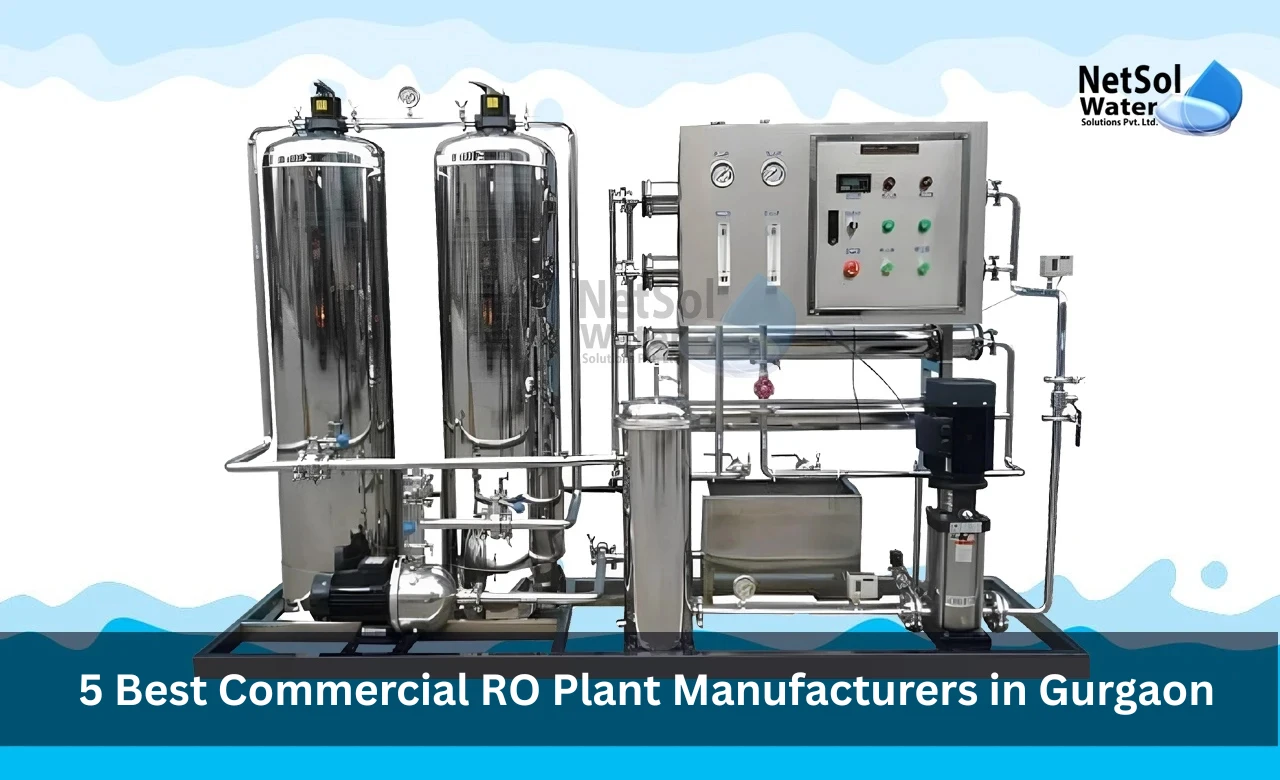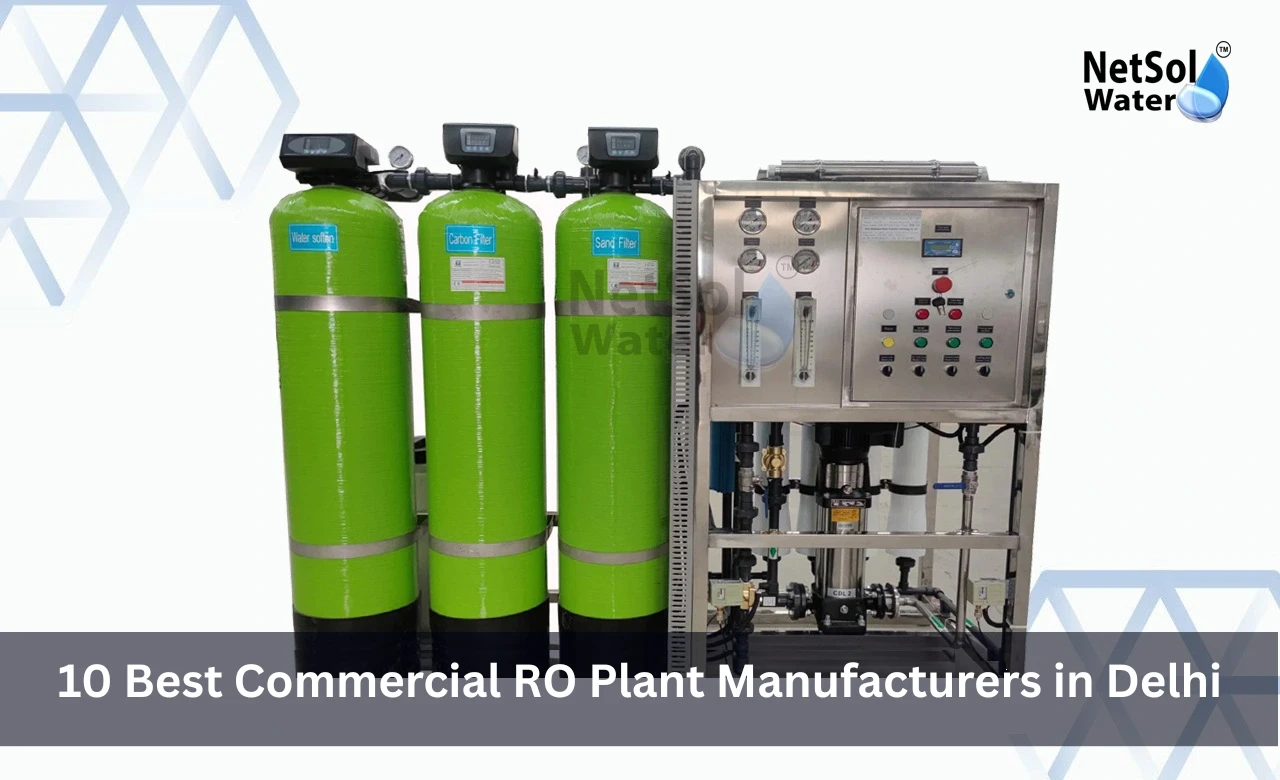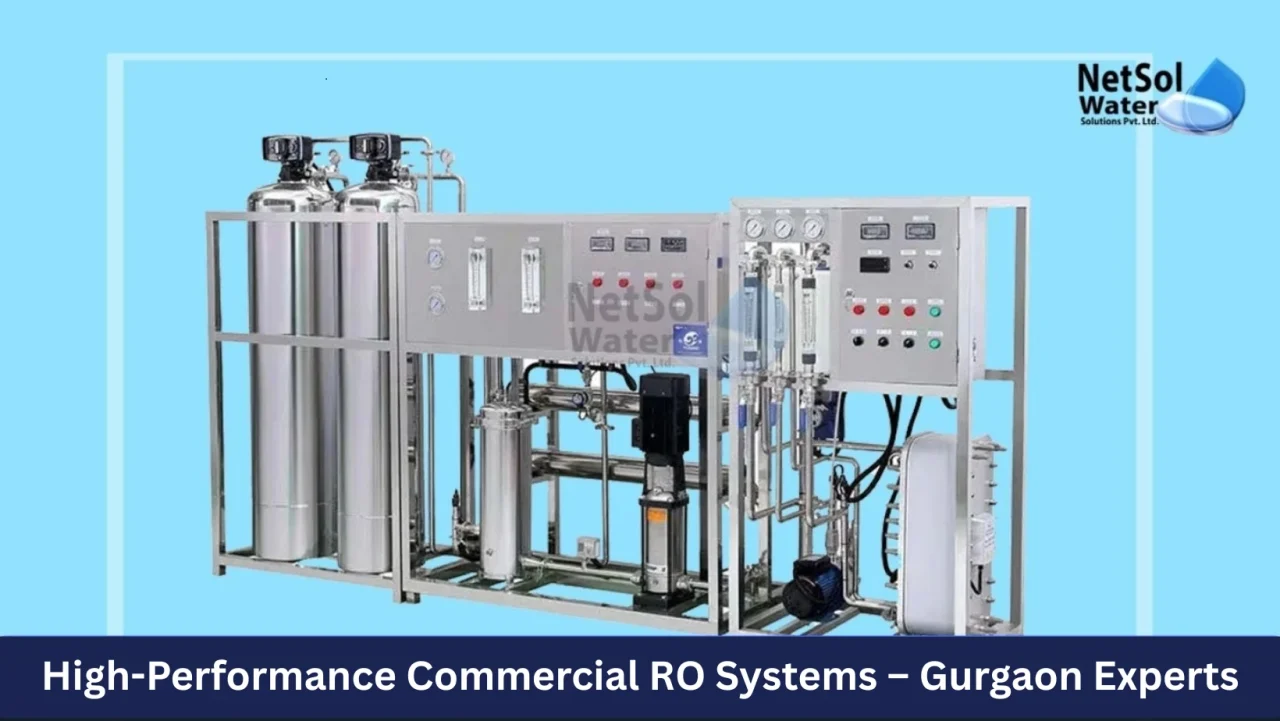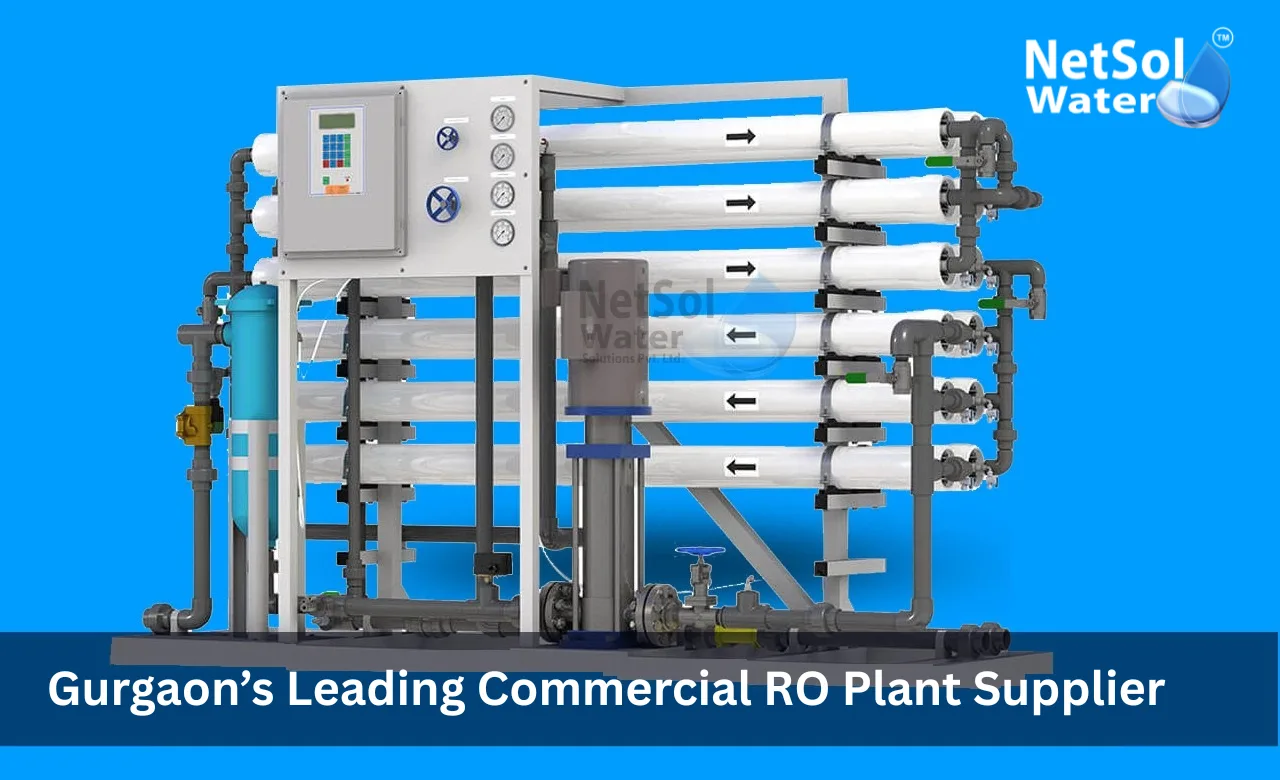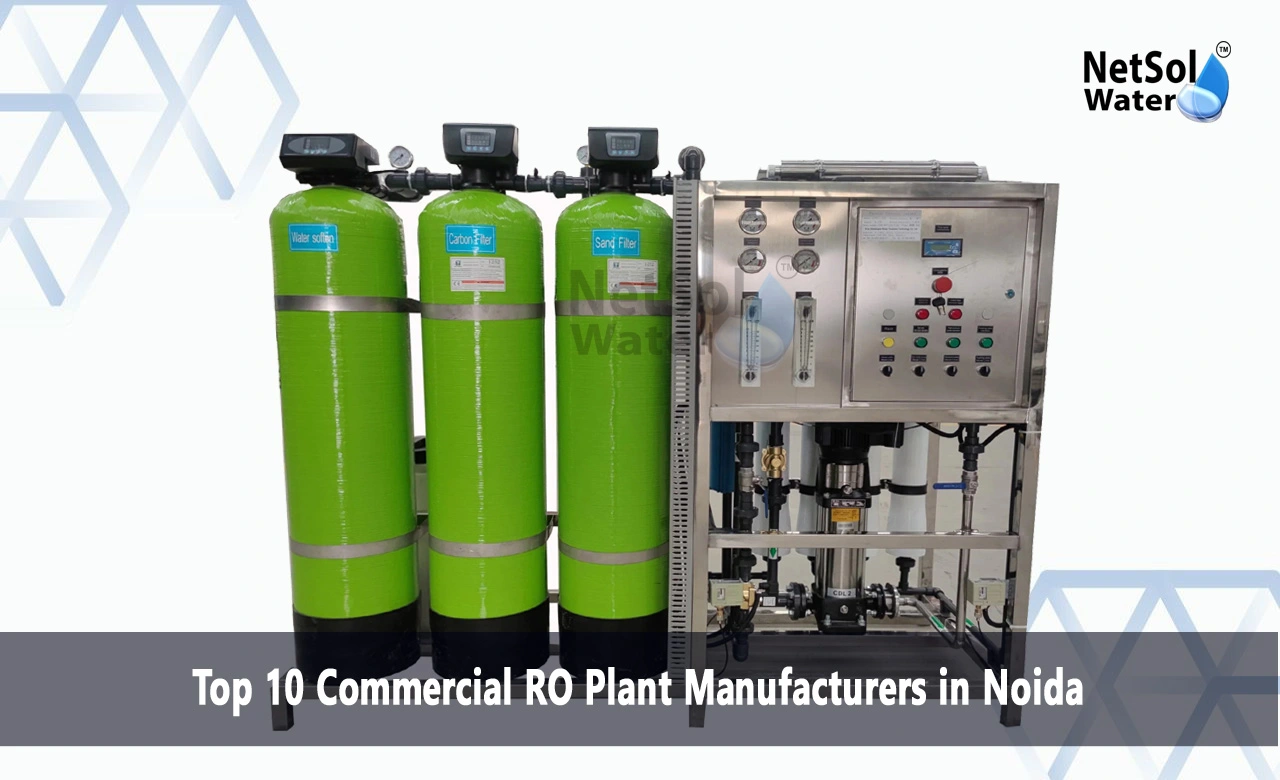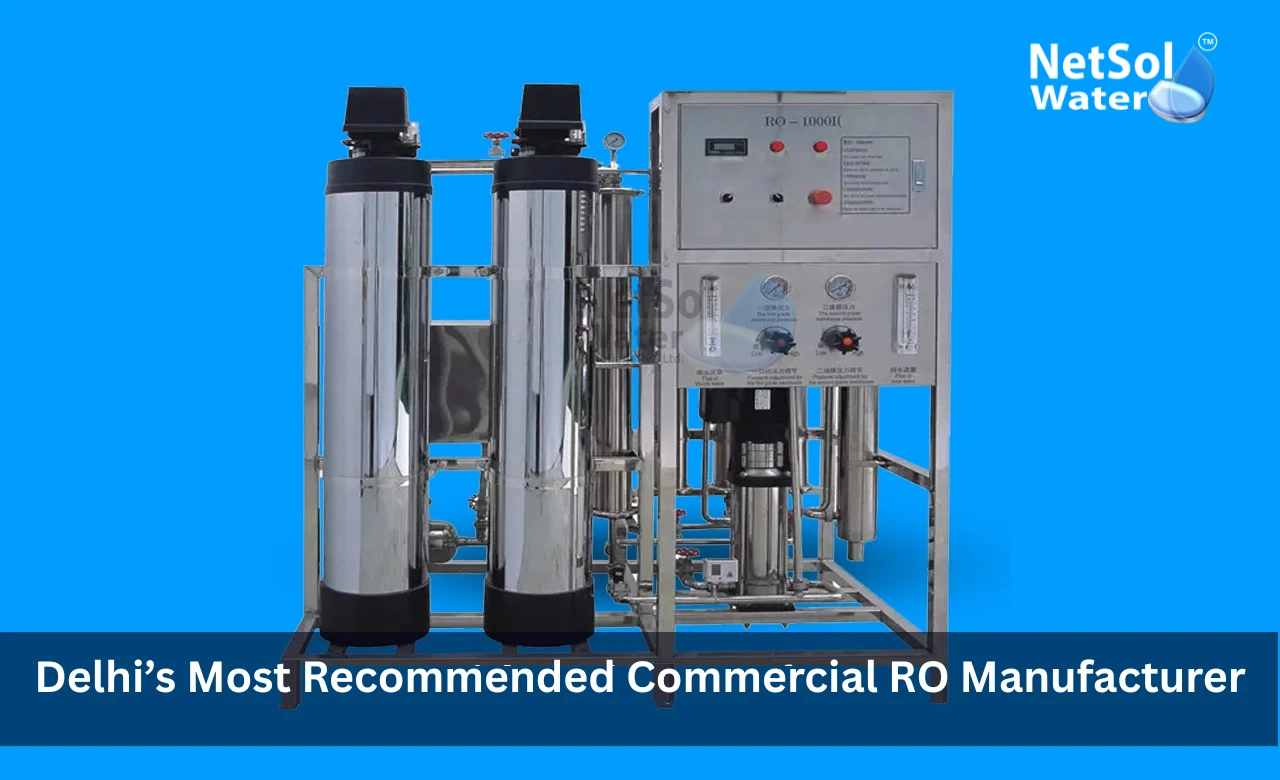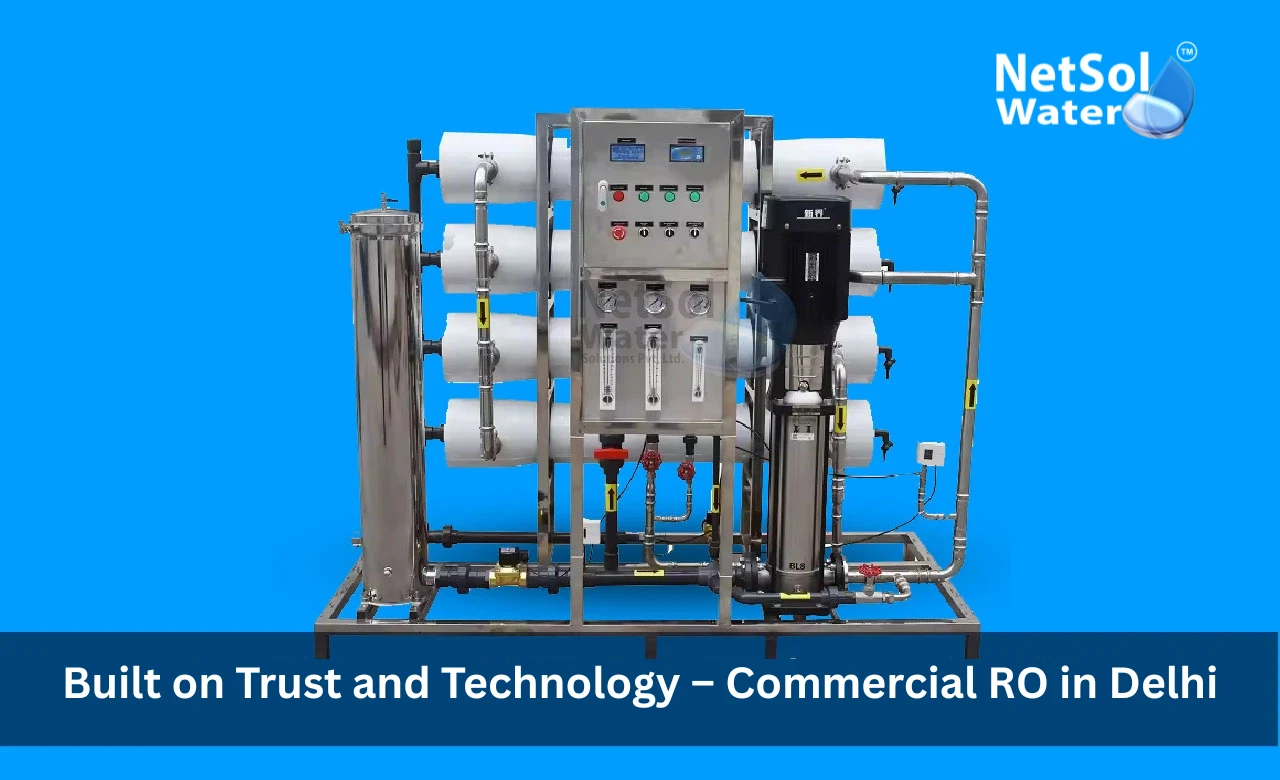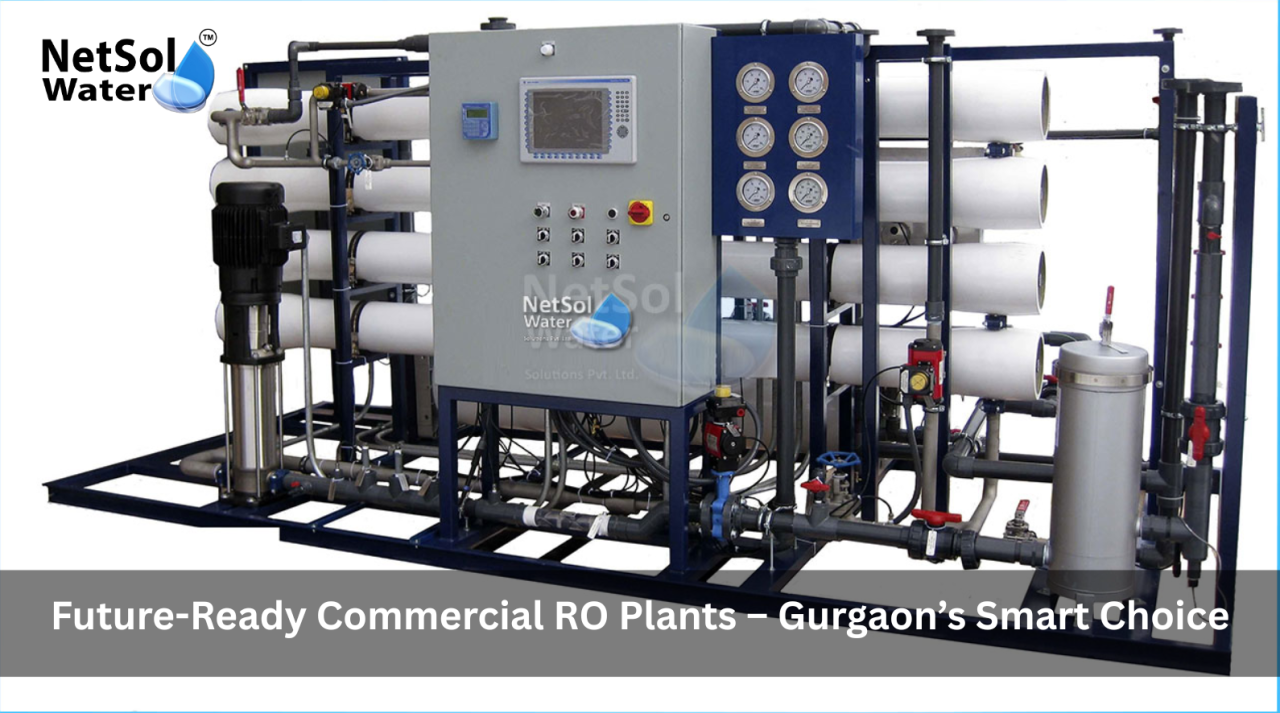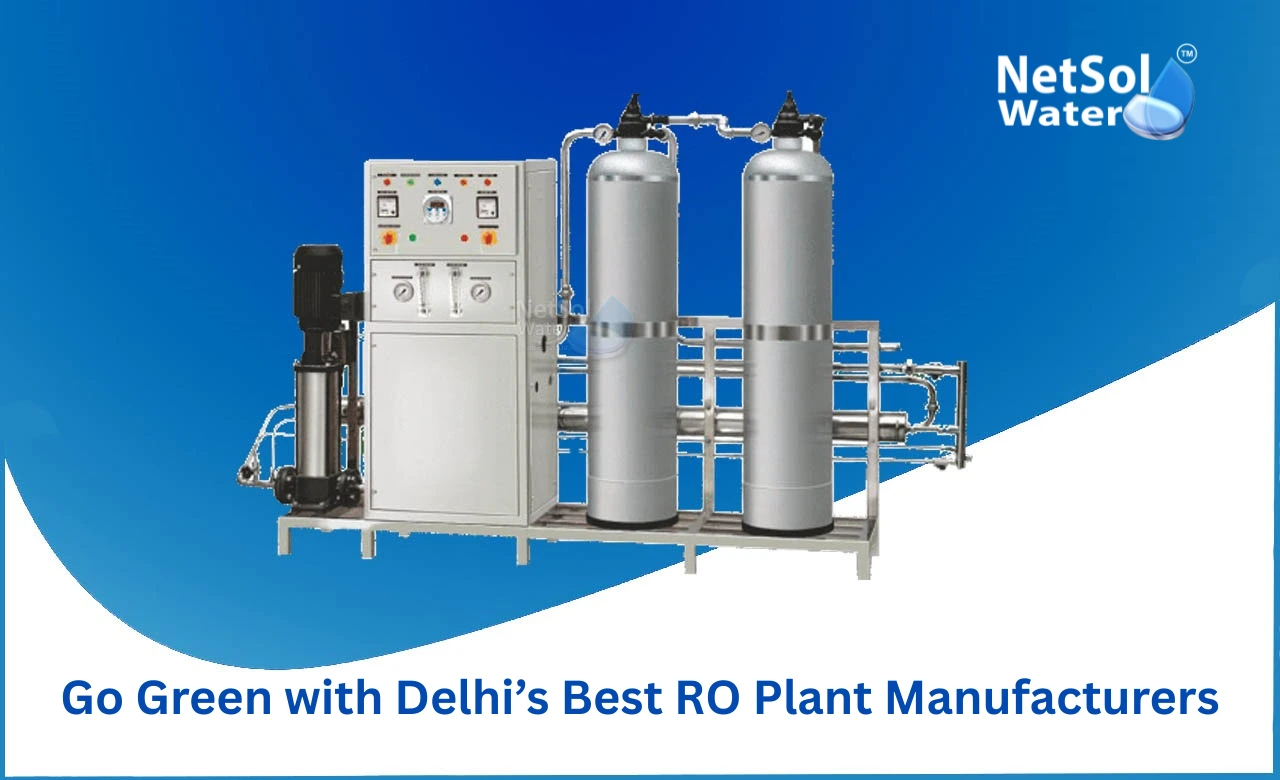5 Best Commercial RO Plant Manufacturers in Gurgaon
Gurgaon, previously known as Gurugram, is a fast-developing commercial and industrial area in India. As the demand for pure and purified water increases in hotels, schools, offices, and shopping complexes, commercial RO plants are now a necessity. Selecting the correct manufacturer guarantees not only pure water but also efficiency and reliability for smooth day-to-day functioning. Here’s the 5 Best Commercial RO Plant Manufacturers in Gurgaon, beginning with us—Netsol Water.
5 Best Commercial RO Plant Manufacturers in Gurgaon
1. Netsol Water – At the Forefront of Commercial RO Solutions
We at Netsol Water are proud to be included among the 5 Best Commercial RO Plant Manufacturers in Gurgaon. Our dedication to quality, customer care, and state-of-the-art water purification technology has earned us a name to trust throughout the city and surrounding areas.
We know that each business has distinct water needs. That is why we create and manufacture tailored commercial RO plants that are simple to operate, energy-efficient, and long-lasting. From corporate offices to schools and retail chains, our systems make it easy for businesses to fulfill their water needs.
What distinguishes us is not only our product but how we engage with our clients. We provide installation, training, and total after-sales assistance. When you go with us, you’re not merely purchasing a machine — you’re getting a team of people invested in your success.
2. Aqua Pristine
Aqua Pristine has a good exposure in Gurgaon and offers cost-effective commercial RO systems with superior quality at affordable prices. They have a reputation for quality service and efficient designs, and hence they are an appropriate decision for medium enterprises. Their exposure to working with different sectors keeps them aware of different water quality needs and enables them to fulfill them.
Their credibility further enhances as one of the top 5 Best Commercial RO Plant Manufacturers in Gurgaon, particularly among schools and small industries.
3. Urban RO Systems
Urban RO Systems is another name to consider when in search of good quality RO plants in Gurgaon. Their plants are most recognized for compact size and high performance and hence are suited best for small spaces such as cafes, clinics, and mobile food stalls.
With emphasis on prompt installation and periodic maintenance service, Urban RO Systems has made it to the list of 5 Best Commercial RO Plant Manufacturers in Gurgaon.
4. Waterman Engineers
Waterman Engineers provides commercial RO plants that are strong and easy to maintain. Their technology is based on superior technical design and capability to customize systems according to requirements. They provide solutions to industries, hotels, and large commercial installations. Their professional workforce ensures long-term customer satisfaction.
Due to their reliability and innovation, Waterman Engineers is frequently included in the list of the 5 Best Commercial RO Plant Manufacturers in Gurgaon.
5. Aquafresh RO Systems
Aquafresh RO Systems is a reputed manufacturer that provides simple-to-operate commercial RO plants. Their products are designed to operate smoothly with no complicated processes, which is ideal for retail shops and restaurants.
Why Choose from the Best?
Choosing from the 5 Best Commercial RO Plant Manufacturers in Gurgaon ensures you’re investing in quality, durability, and professional service. These manufacturers understand the importance of:
- Providing uninterrupted clean water
- Designing systems that save energy and space
- Meeting commercial demands without breakdowns
- Offering strong post-sales support
If your business relies on pure water, you cannot afford to compromise. You need the best that can provide you with peace of mind and long-term outcomes.
Your Reliable Partner Netsol Water
At Netsol Water, we don’t merely construct RO plants — we construct trust. Our emphasis on innovation, support, and long-term value has earned us a favoured name in Gurgaon. When individuals look up for the 5 Best Commercial RO Plant Manufacturers in Gurgaon, our name appears at the top of the list, and the reason being that we deliver what we assure.
Whether you are beginning a new business or expanding your present water treatment facility, we can assist you to make the right decision. With us, safe and clean water is never out of reach.
Conclusion
Selecting the most appropriate RO plant manufacturer can go a long way in running your business daily. The above-mentioned companies are the 5 Best Commercial RO Plant Manufacturers in Gurgaon, relied upon by clients for their performance, reliability, and servicing. Of these, we at Netsol Water take pride in being at the forefront with our client-centric approach and premium commercial RO plants.
Let us assist you to make your water difficulties easier. Clean water, improved business — that’s the Netsol Water guarantee.
Do you need an advice or assistance on selecting the best water and waste water treatment unit? We have solutions for all your problems!
Let us know your problem, our experts will make sure that it goes away.
For an assistance or related query,
Call on +91-9650608473
Or write us at enquiry@netsolwater.com

